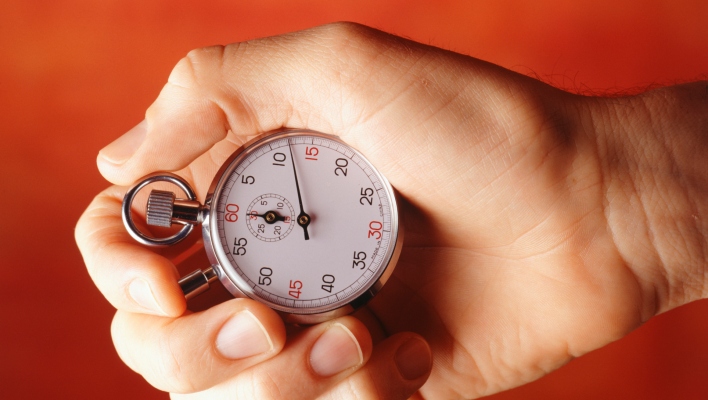I recently sold newspapers on a high-traffic intersection during the Friday morning commuter rush—not for necessity or novelty, but for charity.
My Rotary club volunteers at this intersection every year on opening day for the Kansas City Royals, to “sell” papers in exchange for donations for children’s charities. It’s always cold, and it can be a long two hours. To pass the time, I considered ways to maximize my newspaper sales.
At peak rush hour, traffic lights are red for about 30 seconds, with three lanes of four to six cars stopped per red light. I was averaging one or two donations per stop, with an average donation of $2 or $3 per newspaper.
I watched how my colleagues on the intersection were handling the papers, which were pre-folded in half, and had a full-color front page. One person held the paper above his head in his right hand, and held half a dozen additional papers tight against his left side. Another person folded the paper into a quarter-page size and waved it at specific drivers.
What Could I Do Differently?
I imagined myself in the driver’s seat of a passing car. What would I see most easily from behind the wheel? Would I look up and over the head of someone standing on the side of the street?
Probably not, I decided. If I were a driver, I would look at eye level to the left or right. I decided to try holding my papers with the front-page headline facing the traffic at driver’s eye level—my standing hip level. I also decided to make eye contact with each driver, just for a second or two.
The Result?
Based on two simple changes, I increased my donations by at least 33 percent and doubled or tripled the average dollar value of each donation. I averaged two to three donations per 30-second stoplight. Donations jumped from $2 to $3 to $5 to $10 per newspaper from approachable, friendly drivers.
Whether your sales venue is a busy intersection, a website or the C-suite, these takeaways apply:
- Be willing to analyze one of your sales activities and focus on small improvements.
- Watch how others are handling the same activity and explore ways to do it differently.
- Put yourself in your prospect’s seat.
- Experiment by making one or two small adjustments.
- Measure the impact in outcomes—number of sales, value of sales and new relationships.
Think about one of your sales activities. What can you do differently? A small change just might be the catalyst for a big difference in your results.

